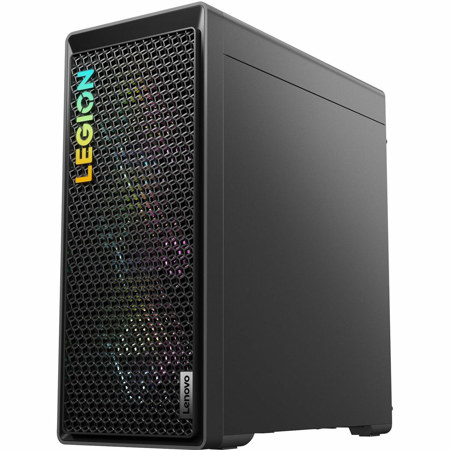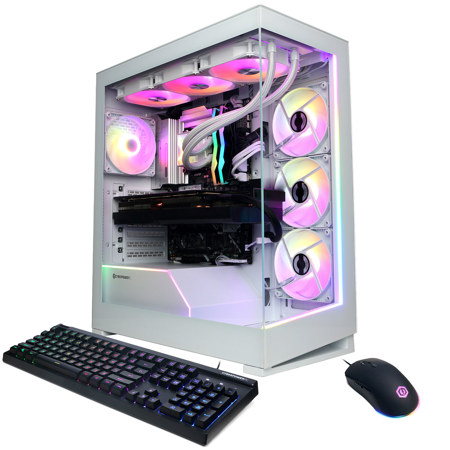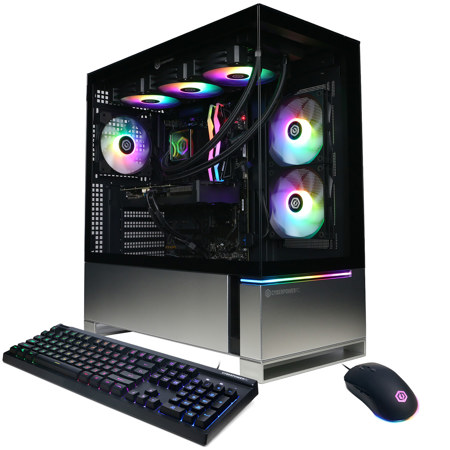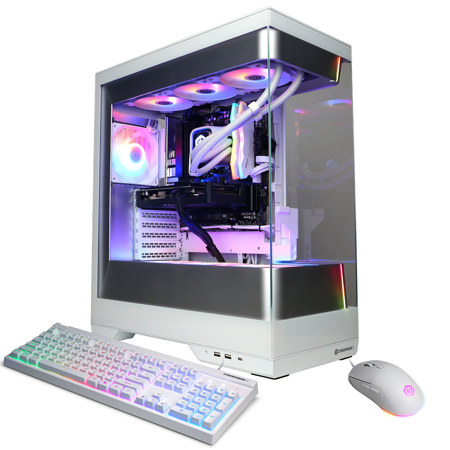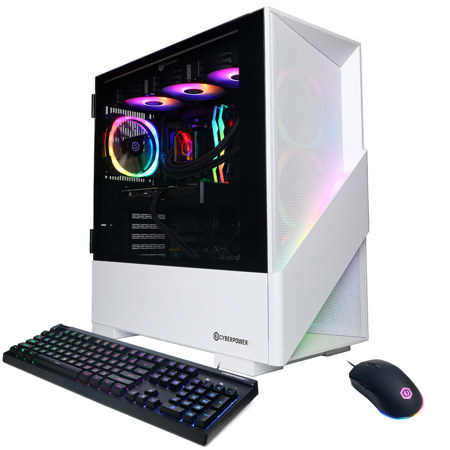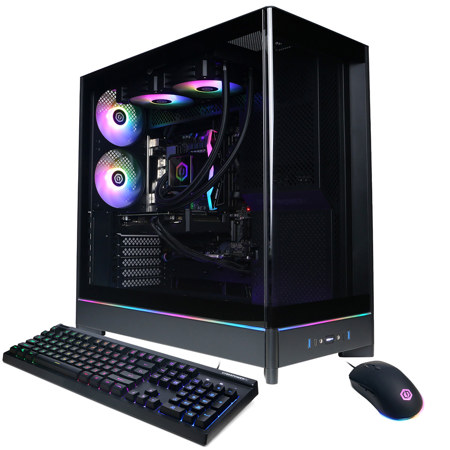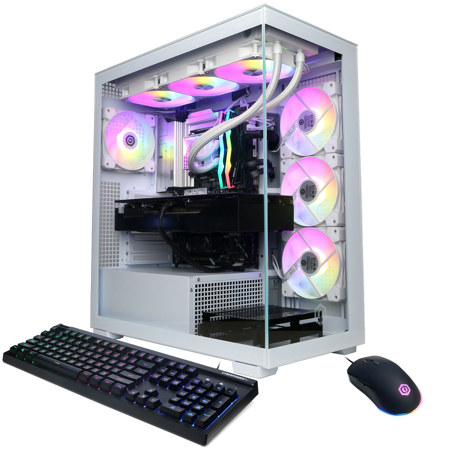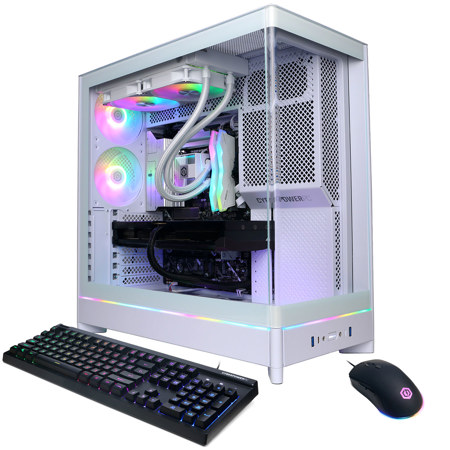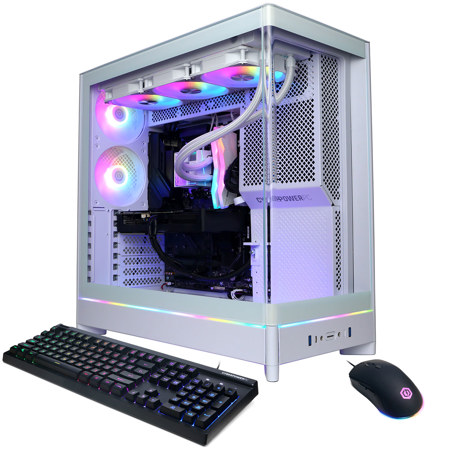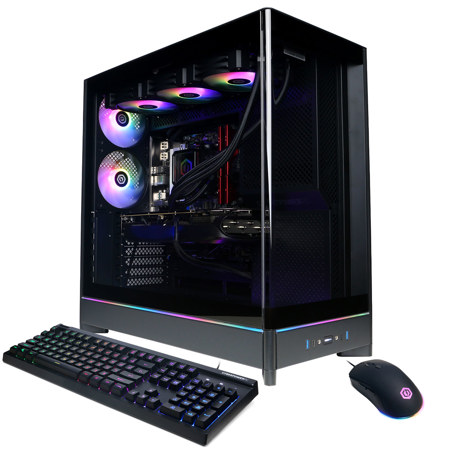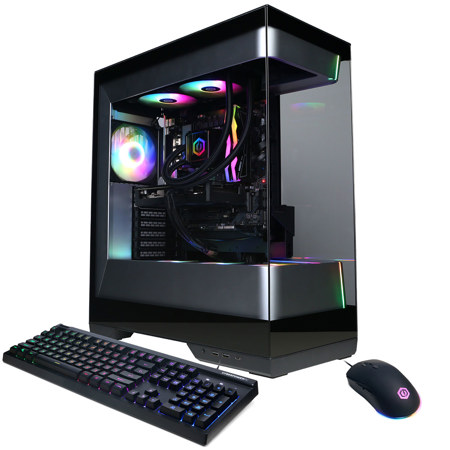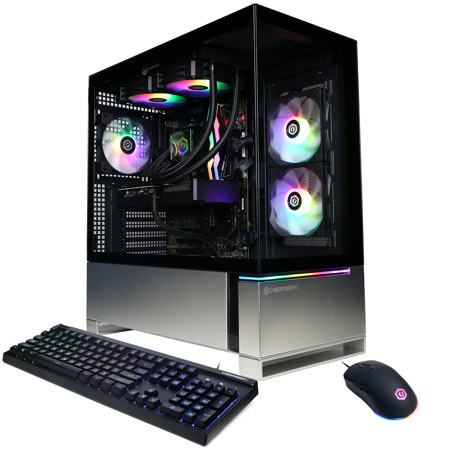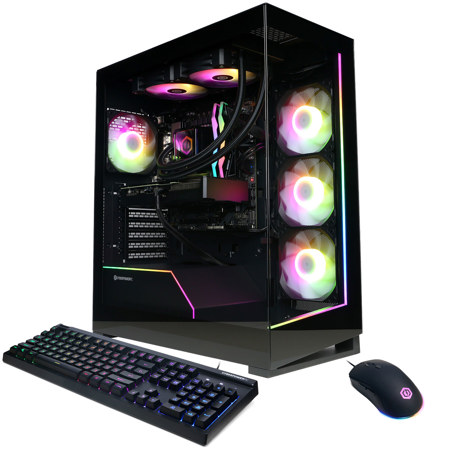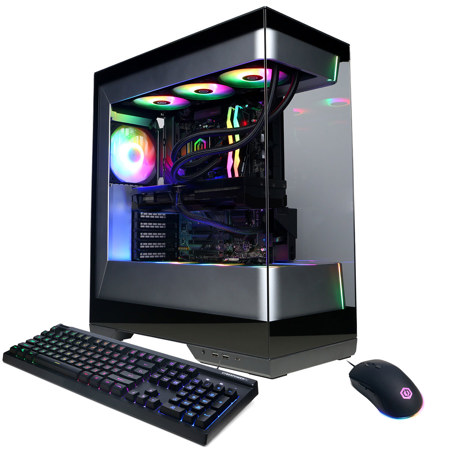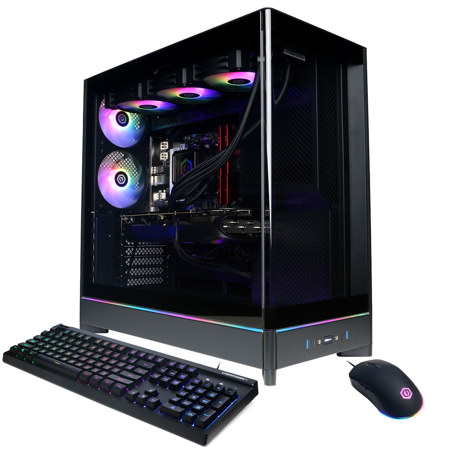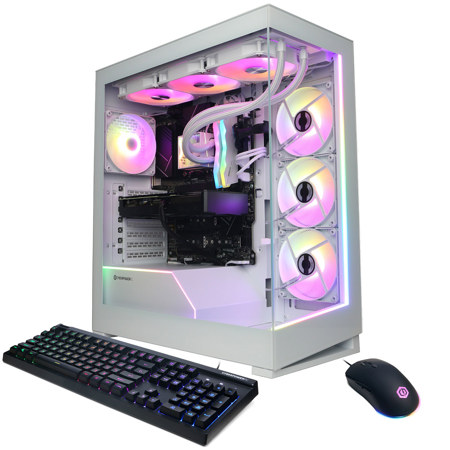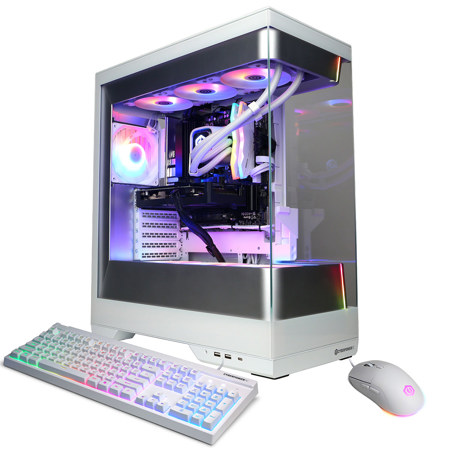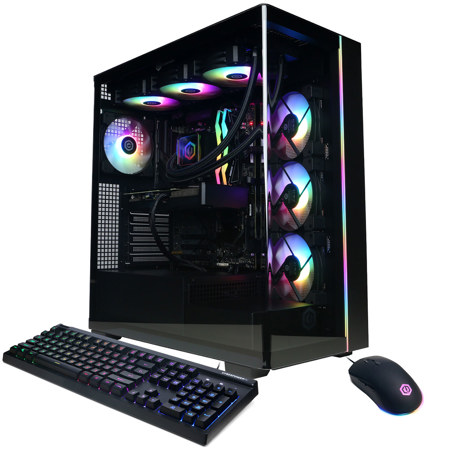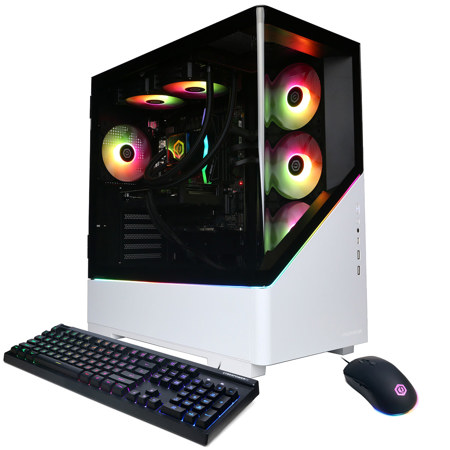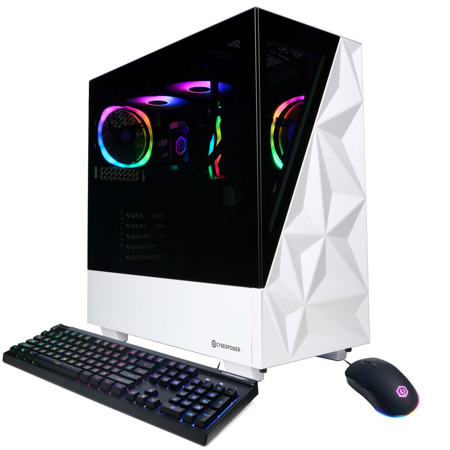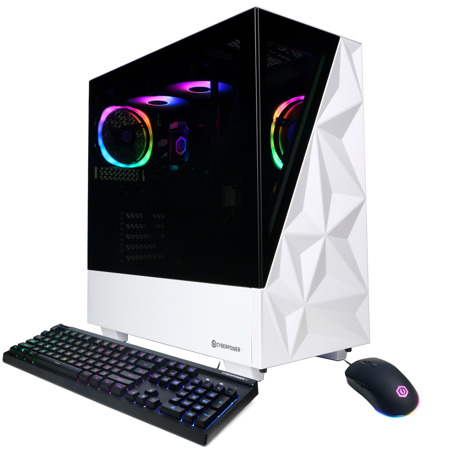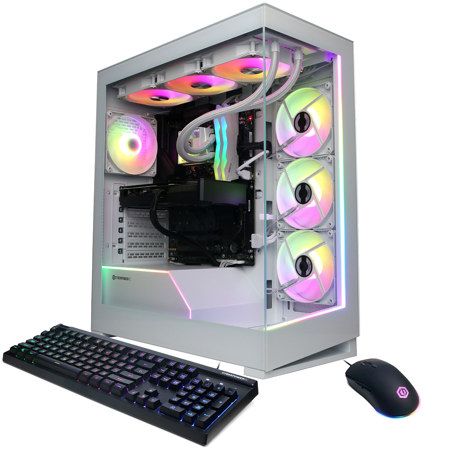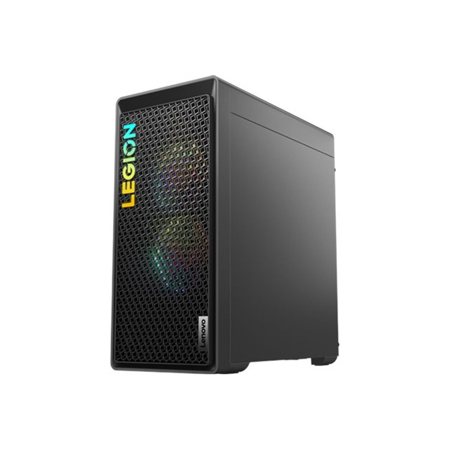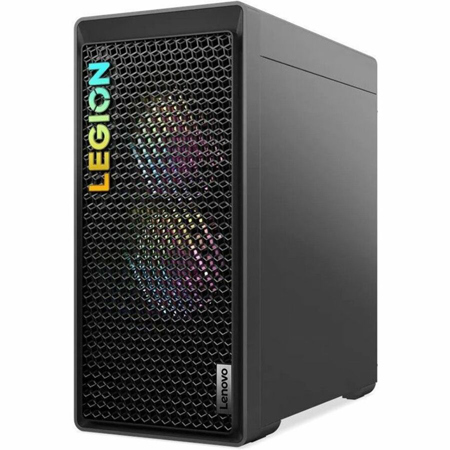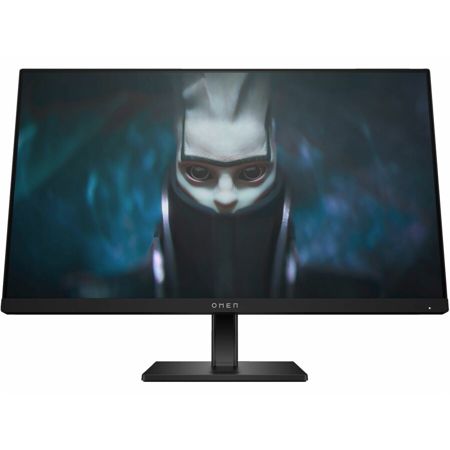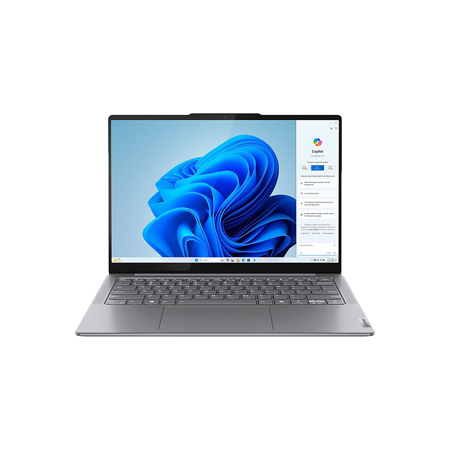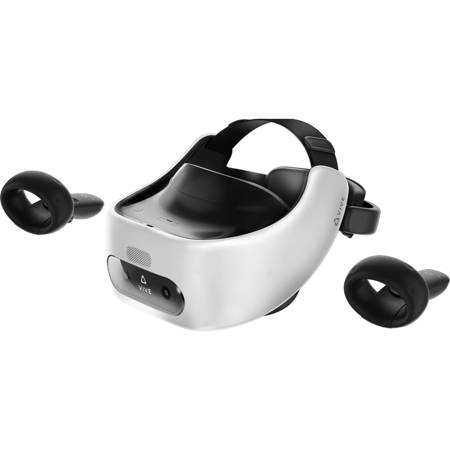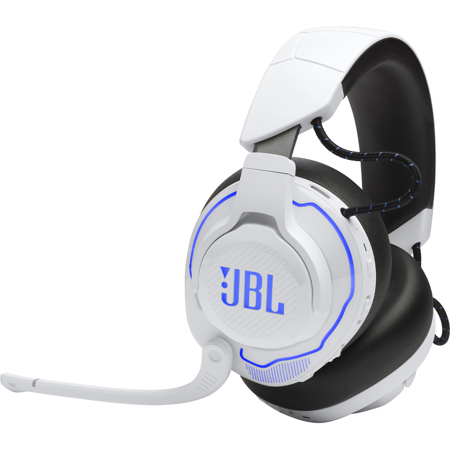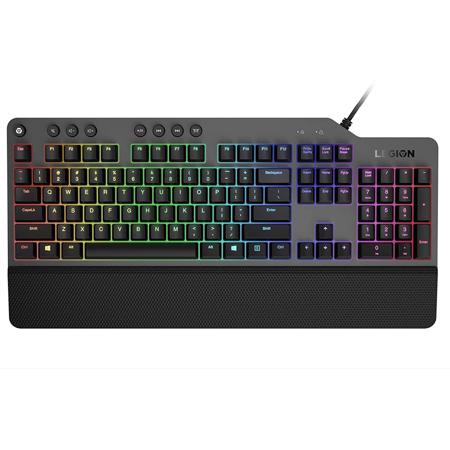Virtual Reality Computers
In the evolving world of technology, virtual reality (VR) computers have carved out a niche that extends far beyond mere novelty. These powerful machines, designed to transport users into immersive digital landscapes, cater to a diverse array of needs and interests. From the fervent gamer seeking to dive into fantastical worlds with unprecedented realism, to the professional architect visualizing future projects in three dimensions, VR computers serve as gateways to experiences that were once the stuff of science fiction. As spring unfolds, bringing with it a sense of renewal and boundless possibility, it’s an opportune time to explore how these advanced systems can enhance both personal entertainment and professional endeavors.
For those considering the purchase of a VR computer, several key factors should guide their decision. Performance is paramount; a seamless and responsive VR experience demands high processing power and robust graphics capabilities. Memory and storage also play crucial roles, as VR applications tend to be resource-intensive. Moreover, compatibility with various VR headsets and other peripherals must be considered to ensure a smooth and integrated user experience. Potential buyers should also think about the physical space required for VR setups, as some systems may necessitate a dedicated area to safely accommodate full-body movement. Beyond individual use, VR computers are becoming increasingly popular as gifts, particularly for tech enthusiasts who revel in staying at the cutting edge of technology. The delight of unwrapping a VR system can only be outmatched by the countless hours of exploration it promises.
For those interested in capturing their own VR content, integrating a VR computer with specialized Virtual Reality Cameras can open up new avenues for creativity. Whether it's recording a high-octane mountain biking adventure or a meticulously staged virtual tour of a newly designed interior, the synergy between VR computers and cameras paves the way for producing and sharing dynamic 360-degree content. As springtime activities begin to pick up, the ability to record and relive every thrilling moment in VR can add an enriching layer to both new experiences and everyday adventures. With each passing year, as VR technology continues to advance and become more accessible, the boundary between the digital and the real world increasingly blurs, offering everyone from the casual user to the dedicated professional new ways to see, explore, and interact with the world around them.
For those considering the purchase of a VR computer, several key factors should guide their decision. Performance is paramount; a seamless and responsive VR experience demands high processing power and robust graphics capabilities. Memory and storage also play crucial roles, as VR applications tend to be resource-intensive. Moreover, compatibility with various VR headsets and other peripherals must be considered to ensure a smooth and integrated user experience. Potential buyers should also think about the physical space required for VR setups, as some systems may necessitate a dedicated area to safely accommodate full-body movement. Beyond individual use, VR computers are becoming increasingly popular as gifts, particularly for tech enthusiasts who revel in staying at the cutting edge of technology. The delight of unwrapping a VR system can only be outmatched by the countless hours of exploration it promises.
For those interested in capturing their own VR content, integrating a VR computer with specialized Virtual Reality Cameras can open up new avenues for creativity. Whether it's recording a high-octane mountain biking adventure or a meticulously staged virtual tour of a newly designed interior, the synergy between VR computers and cameras paves the way for producing and sharing dynamic 360-degree content. As springtime activities begin to pick up, the ability to record and relive every thrilling moment in VR can add an enriching layer to both new experiences and everyday adventures. With each passing year, as VR technology continues to advance and become more accessible, the boundary between the digital and the real world increasingly blurs, offering everyone from the casual user to the dedicated professional new ways to see, explore, and interact with the world around them.
